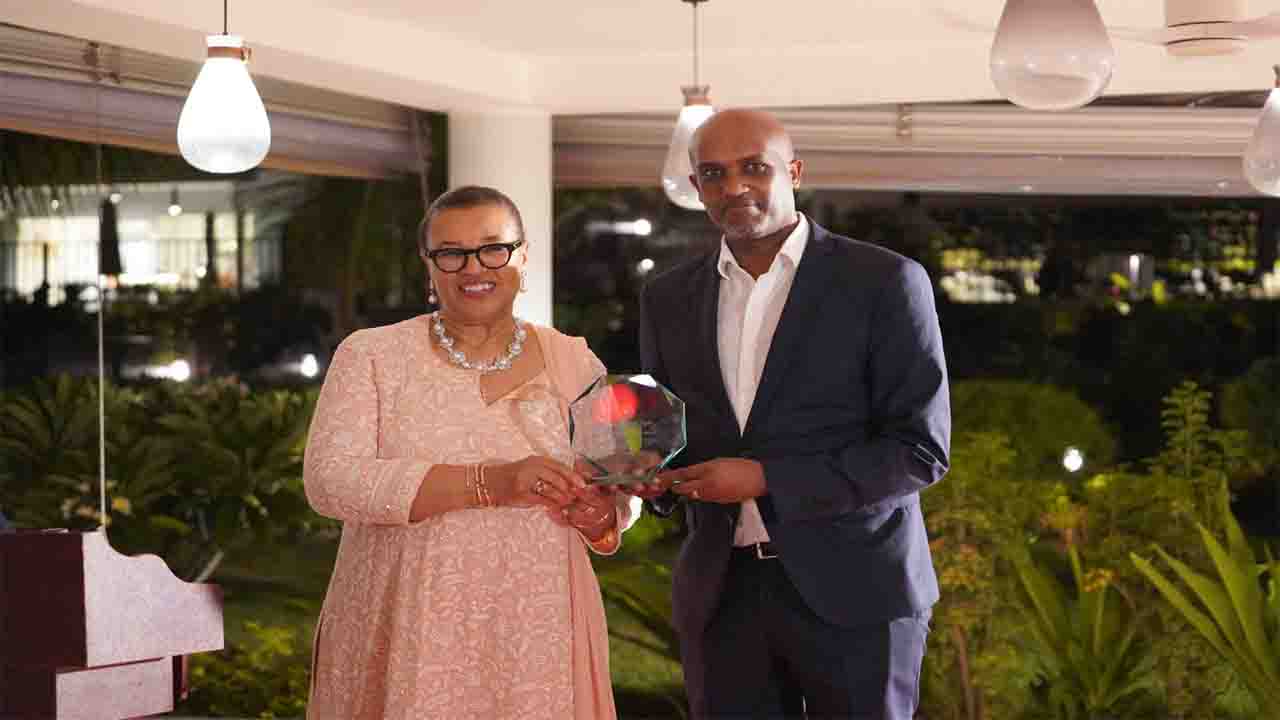To achieve its ambitious exploration goals, NASA needs cutting-edge technology, frequently in the form of fresh inventions developed by agency staff. Three new innovations have been recognised by NASA for the Invention and Software of the Year awards in 2022. These innovations help NASA achieve its goal of widely disseminating its discoveries and the exploration of other planets.
NASA associate administrator for Technology, Policy and Strategy Dr. Bhavya Lal said, “NASA’s world-class workforce enables us to pursue innovation to increase America’s leadership in space and deliver substantial advantages here on Earth.”
“In order to ensure that our innovations have the biggest possible impact, we are honouring teams this year that will enhance spacecraft components, enabling more precise landings as we get ready to journey to the Moon and Mars, and support technology sharing. I appreciate the hard work and dedication of these teams.”
For many years, medical professionals have used CT scans—a collection of X-ray images—to identify and evaluate injuries inside the brain and body. Recently, scientists at NASA’s Ames Research Center in Silicon Valley, California, have used CT imaging for an extraterrestrial purpose. They used this technology to investigate how spacecraft are structurally and materially affected by the high temperatures and aerodynamic forces of atmospheric entry as they approach a planet’s surface.
Using micro-CT imaging, Porous Microstructure Analysis (PuMA), an open-source software programme created by NASA Ames researchers, analyses on a microscopic scale how heat and pressure may impact the light-weight composite components intended to safeguard a vehicle during entry, descent, and landing.
To develop a physics-based understanding of material performance and enable engineers to design systems with improved reliability, it is crucial to study material behaviour at the microscale. PuMA’s development team has made important strides that allow PuMA to examine a variety of materials, including parachutes, batteries, and meteorites, in addition to thermal protection materials.
PuMA won Software of the Year in 2022. It was created as part of the NASA Entry Systems Modeling project, which is supported by the Space Technology Mission Directorate of NASA’s Game Changing Development Program (STMD).
On Earth, GPS is regularly used for vehicle and aircraft navigation. However, a new laser-based system has been created to securely and precisely guide people to their destinations on the surfaces of other worlds in space, where GPS is not yet available. In order to softly land a spacecraft at the intended spot on the surface of planets, NASA’s Langley Research Center in Hampton, Virginia, developed Navigation Doppler Lidar (NDL) with assistance from STMD. The technology makes use of lidar (light detection and ranging), a laser-based technique for distant sensing.
On upcoming Commercial Lunar Payload Services lander flights, two NDL units will take to the skies. The Safe & Precise Landing – Integrated Capabilities Evolution (SPLICE) project, headed by NASA’s Johnson Space Center, is working to develop, demonstrate, and incorporate precision landing and hazard avoidance technologies for NASA and potential commercial spaceflight missions. NDL, which was developed at Langley, is a part of this initiative.
NDL is the 2022 Commercial Invention of the Year, honouring a NASA invention that has been licenced and generated revenue for businesses. Several businesses, like Psionic in Hampton, Virginia, have been granted licences to use NDL. NDL is being modified by Psionic for usage in both on-earth and extra-terrestrial purposes.
The top inventions created by diverse teams throughout NASA are honoured with the Invention of the Year and Software of the Year awards. The nominees are assessed by the Inventions and Contributions Board (for the software award, the board receives assistance from a panel of software specialists), who then chooses the winners and recommends them to the Administrator for approval.
The Office of General Counsel at NASA is the organisation that sponsors the Invention of the Year honours. Offices of the Chief Engineer, Safety and Mission Assurance, and Chief Information Officer support the Software of the Year award. The Office of General Counsel of NASA oversees the Inventions and Contributions Board with assistance from the Office of Technology, Policy, and Strategy.











